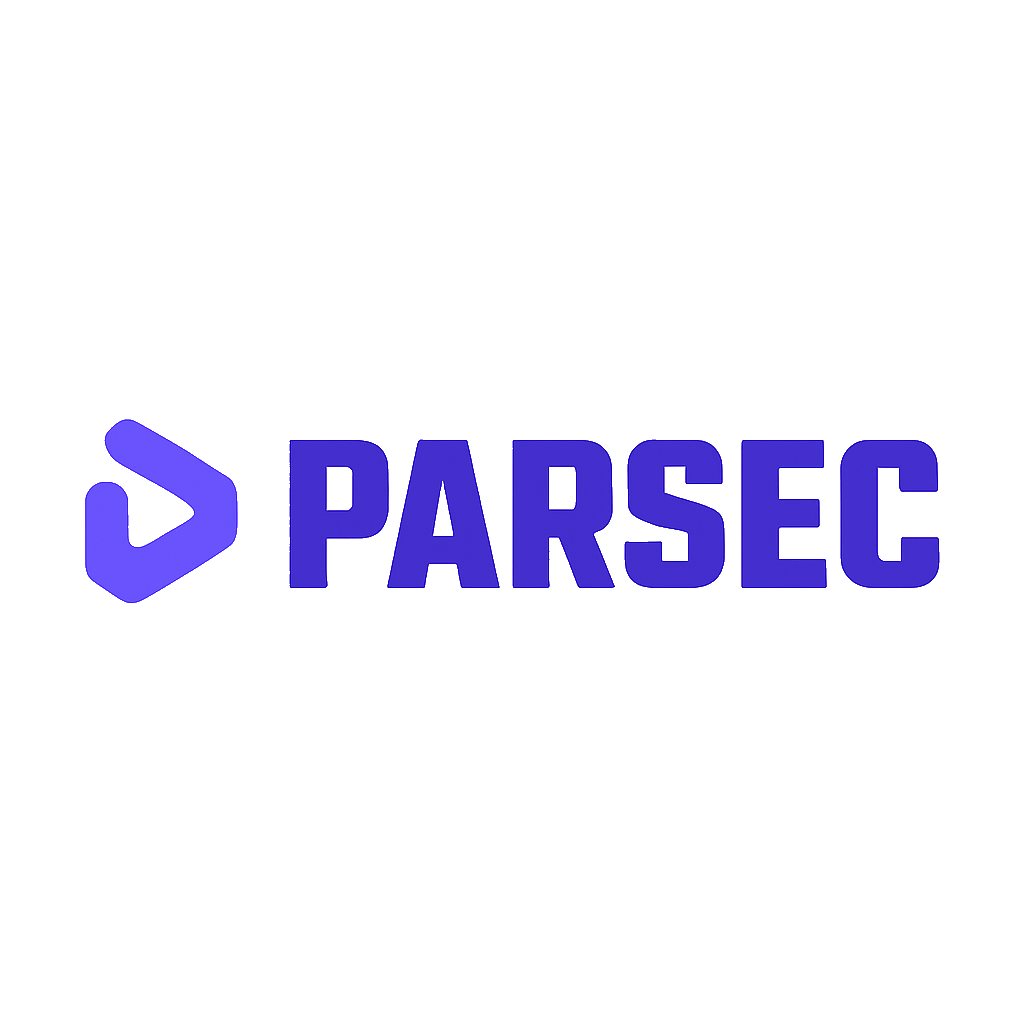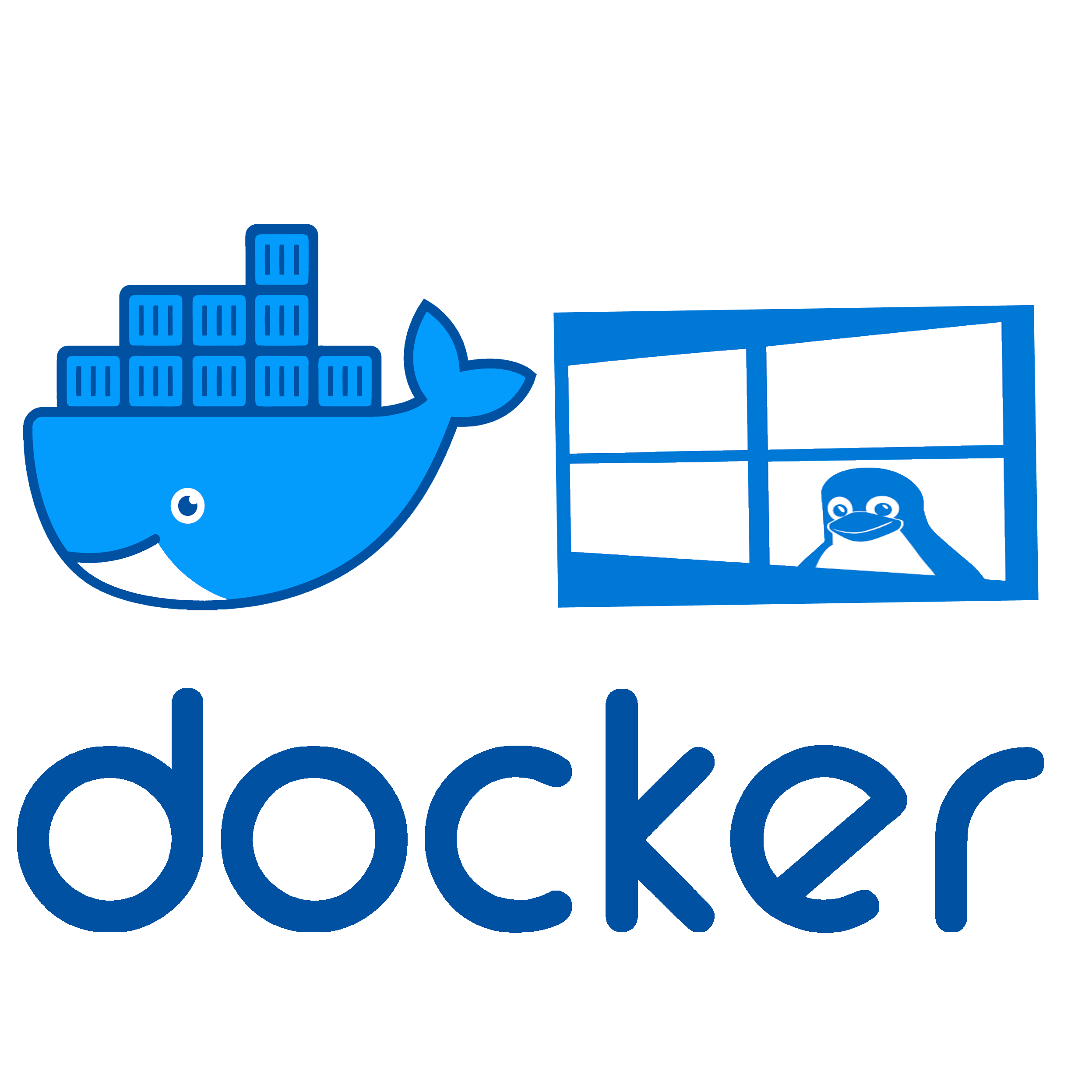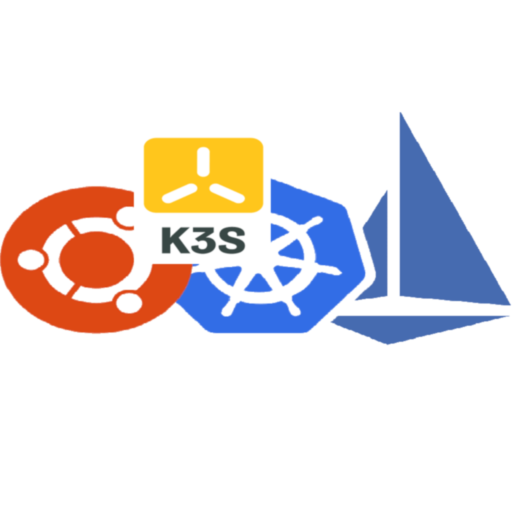Parsec – Remote Desktop with Low-Latency Pixel Precision
What is Parsec
Parsec is a high-performance remote desktop tool that was originally built for gaming — but ended up being a favorite in media production, devops, and IT circles for one simple reason: it’s ridiculously fast.
Using a custom UDP-based protocol and aggressive video encoding (H.264/HEVC), Parsec makes remote desktops feel like local ones. It works across platforms, supports gamepads, multi-monitor setups, and doesn’t choke on high-resolution displays. More importantly, the input lag is low enough for real-time use — even on sketchy hotel Wi-Fi.
While it’s often pitched to gamers, many admins and developers use Parsec to access lab machines, workstations, or build servers that need full GPU acceleration or fast graphical response.
Core Capabilities
| Feature | Details |
| Protocol | Custom UDP-based low-latency transport |
| Host Platforms | Windows, macOS, Linux |
| Client Platforms | Windows, macOS, Linux, Android, Raspberry Pi |
| Video Encoding | H.264 or HEVC hardware-accelerated |
| Audio & Input | Full duplex audio, low-lag keyboard/mouse/gamepad input |
| Multi-Monitor Support | Yes |
| Team Features | Shared access, cloud hosting optional, role-based permissions |
| Security | TLS encryption, client approval, relay fallback |
| License | Proprietary (free + commercial tiers) |
| Website | https://parsec.app |
How It Works in Use
You install the Parsec host app on the target machine (the one to be accessed) and the client app on your end. Once both are logged in, you can request a connection. If the host approves (or it’s pre-authorized), the session starts instantly.
The experience is smoother than most traditional RDP/VNC setups. Frame rates are high, resolution scaling is crisp, and input feels immediate. Even 3D rendering and video editing can be done remotely — something nearly impossible with standard tools.
Sessions can be shared with teams, so multiple users can connect to the same machine with view or control rights. Handy when collaborating or training.
Use Cases That Make Sense
– Remote access to powerful workstations for video, CAD, or 3D workflows
– Smooth desktop experience when connecting from low-spec laptops
– Admins needing GPU-accelerated tools without lag
– Secure one-click access to graphical environments on demand
– Collaborating on graphical projects in real time







